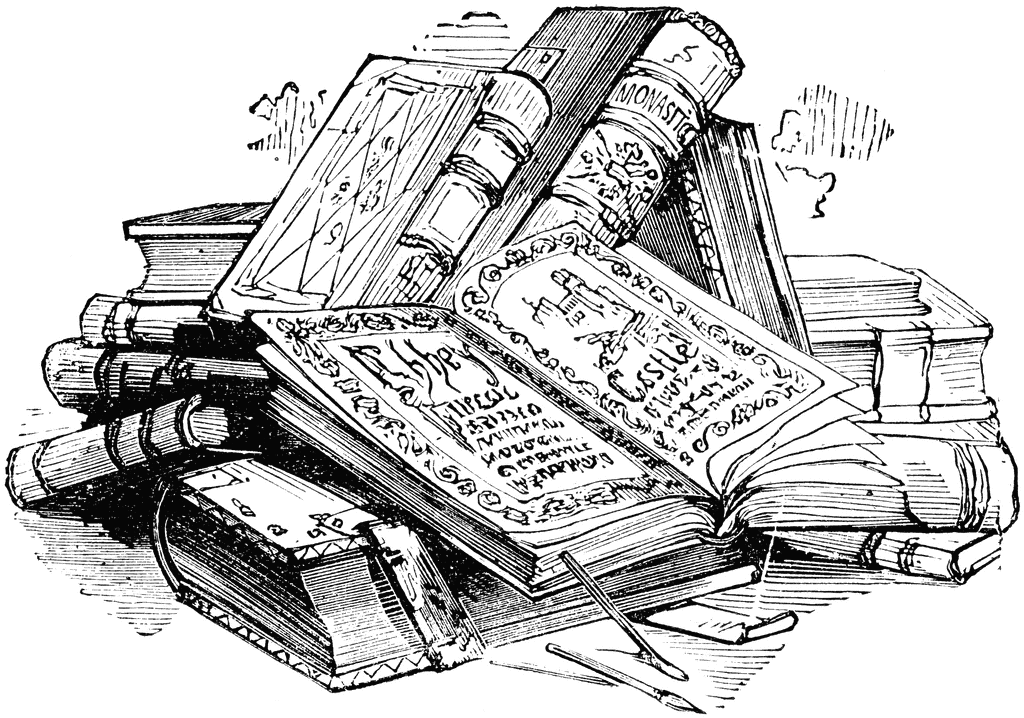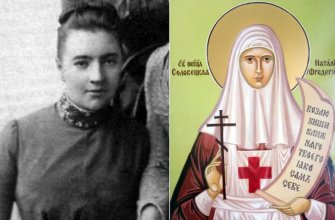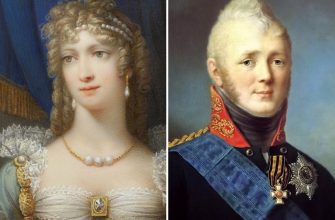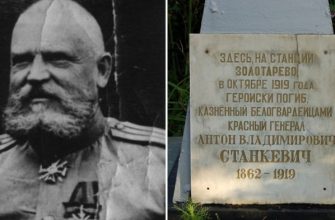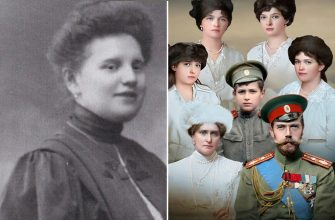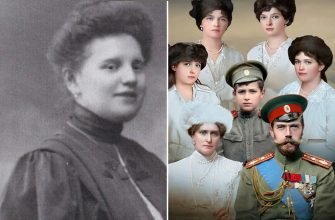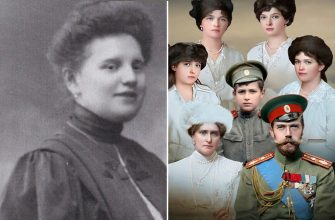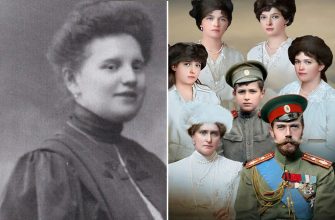Who’s First?
The Norse voyages to Greenland and Canada as part of a bigger story.
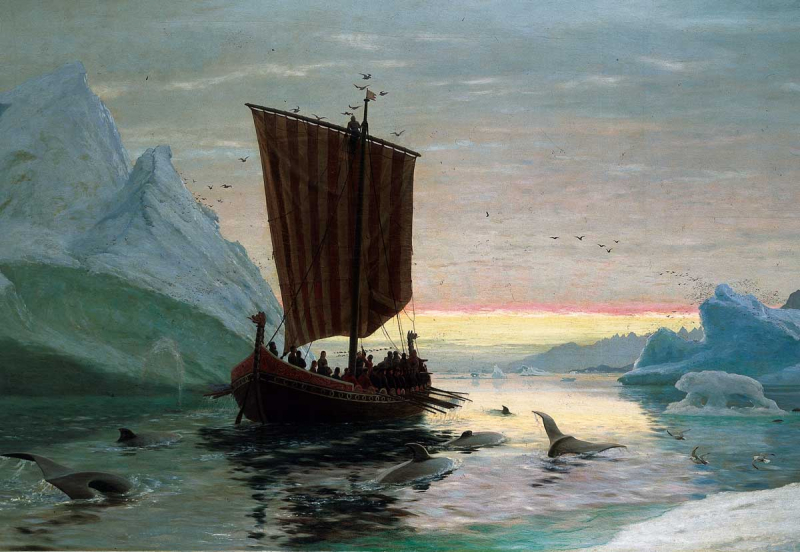
In the popular imagination the two most common stories told about the ‘discovery’ of America are that it was by Christopher Columbus in 1492 and that, in fact, he was preceded by the Vikings, or Norse, 500 years earlier. Paradoxically, neither Columbus nor the Vikings actually set foot in what is now the United States of America, where these two myths of discovery are most prevalent. People are also likely to point out that the Americas were already inhabited before the arrival of either Columbus or the Norse and that their ‘discoveries’ were news only to the Europeans.
Campbell’s title Norse America might suggest that this is yet another of the interminable books about the Viking ‘discovery’ of North America. However, this engaging and illuminating account turns out to be much more complex. The question of American origins can be phrased either as ‘Who were the first human inhabitants of the Americas and how did they get there?’, or ‘Who were the first trans-Oceanic visitors to the Americas?’ and even in the latter the actual Norse of a thousand years ago play only a small part.
Gordon Campbell is not a Norse specialist, but Emeritus Professor and Fellow in Renaissance Studies with a broad range of experience and skills which he puts to good use in this book. These enable him to place ‘Norse America’ in a broader context than most previous contributions to this topic. The first chapter, ‘Discovering America’, outlines the history of America’s quest for its origins. The glorification of Columbus, starting in the late 18th century, turned out to be problematic because he was a Catholic, which led to the emergence of the Vikings as a Protestant alternative. But these rival theories were offered within broader discussions about the first human inhabitants and how they got there. While some of the indigenous peoples believed they had been created in situ, other non-indigenous groups propounded theories that the native Americans were descended from Canaanites, Jews, Phoenicians, Egyptians, Romans or Africans, often supported by fake evidence. The effect of these theories was to deny indigenous Americans ‘the honour of a prior claim to America’.
There was a similar ideological drive behind the interest in establishing who the first trans-Oceanic visitors were. The Columbus-Viking question was entangled with various theories proposing Irish, Scottish, Welsh, Chinese, African and other first visitors. But most of all the Norse discovery of America was to become entangled with racist notions of ‘Anglo-Saxon’ superiority and exceptionalism, fortified by ‘Viking blood’. In the 19th century, with increasing immigration from many lands, the country that had been dominated by citizens of English ancestry appropriated the then-emerging evidence (both real and fake) for the Vikings as the earliest visitors into a myth of northern European Protestant primacy. This myth has been directed against the indigenous inhabitants in the 19th century, against Irish, Italian and Jewish migrants in the 20th, and continues to be deployed today against Americans of African and Hispanic descent.
The first and last chapters, outlining the growth of this ‘sense of a racially and culturally superior identity’, are Campbell’s real contribution, usefully bookending and complicating the otherwise better known narrative of Scandinavian migration to Iceland and Greenland and the subsequent incursions into Canada of people from these places around a thousand years ago. Campbell presents this narrative in a series of chapters on the evidence of sagas and chronicles, maps and archaeological evidence from Greenland and Canada. The author treads lightly over well-worn ground, but for the general reader drawn to this book by its title, he provides many usefully critical or even corrective perspectives on the evidence.
These viewpoints are particularly evident in the chapters on ‘American Runestones’ and ‘The Kensington Runestone’. These inscriptions, written in various more-or-less plausible variants of the runic alphabet as used in Scandinavia, reveal many of the different ways in which Americans, some well-intentioned and some not, bolstered the founding myth with fake news. Needless to say, none of them dates to the Viking Age or medieval period. However, some of these inscriptions are now so old that they have acquired their own historical interest, giving museums the difficult task of presenting them as objects of local significance, while treading carefully around what many of their visitors believe they signify. The Kensington stone in Minnesota, for example, reveals the special runic knowledge of 19th-century Swedish immigrants, otherwise recorded only in a remote part of Sweden at the same time. Yet many people, including some well educated, cling stubbornly to their unsubstantiated beliefs that this is an artefact of the 14th century, documenting Scandinavian visitors to Minnesota. This holds true of much of the ‘evidence’ discussed here and it seems we are often in danger of interpreting evidence to fit our preconceptions. Even the author (perhaps tongue-in-cheek) claims to find the Campbell coat of arms on a small silver shield from a 14th-century site in Greenland and thus argues for Scottish participation in the westward voyages, to Greenland if not to America.
Norse specialists may quibble over some of Campbell’s interpretations. In particular, he is too dismissive of the evidence of the Icelandic sagas for the voyages westward; it is true they have been overinterpreted in the quest for America’s founding myth but, if read in the right way, they still have much to contribute to an understanding of the pre-Columbian period in the western north Atlantic. There are one or two slips, to be expected in a book with such a wide range of reference. But this breadth, this willingness to see the Norse voyages to Greenland and Canada as part of a much bigger story, is the great strength of this book.
Norse America: The Story of a Founding Myth
Gordon Campbell
Oxford University Press 272pp £25
Judith Jesch is Professor of Viking Studies at the University of Nottingham.
